Note: This is a guest posting from Patrick Runfeldt, dramaturg for our Winter MainStage production of Midnight Cowboy.
It may seem a bit of a stretch to insinuate that Joe Buck has any measure of “true” cowboy in him. He’s certainly not the strapping presence of John Wayne (or even the Marlboro man) who is embedded in the very fabric of our culture as the gun-toting, swearing, and quaintly charming hero of the West in film and folklore. Frankly, he can’t even live up to the rhinestone-studded shoes of his contemporaries from the saloons of Texas to the nightclubs of New York. Digging a little deeper, however, Joe’s situation — young, homeless, and unemployed — meets the exact criteria of the cowhands of early ranching times.
Before the great innovations of turn-of-the-century America and the migration of railroad routes farther and farther West, the best way to transport cattle was via miles and miles of herding. Most cattle ranchers of early pioneering times were either quick to give the practice up or were consolidated into larger cattle ranch holdings by wealthy landowners (or even the occasional businessman from the East). As a result, the practice of actually herding, defending, and moving the cattle across the vast plains was handed down the line to a ragtag band of youthful, unemployed vagabonds who could hardly afford to scrape together the money for a decent meal, let alone a six-shooter or a pair of fine leather boots. These uneducated, rough and tumble men were a melting pot of recent immigrants (Latino, Chinese, etc.) and poor white farmworkers whose immigrant families had initially come West seeking fortune in gold mining or other quick wealth pursuits. Many were orphans, due to disease, poor crops, or the general exposure to the elements that shortened lifespans in the pre-industrial West. Few believed in the “American Dream” that was being formulated, fought for, or defended prior to and after the Civil War. All of them knew how to drink, heavily. In the shadows of mountain passes, these young men passed long winters defending miles of cattle from wild animal attacks, thieves (even though they were known to steal a certain number of cattle for themselves), and the dangers of the natural terrain. Though they tried several times to unionize, these cow hands were poorly paid, prone to lawlessness and robbery (they had to get their money from somewhere, right?), and sometimes just didn’t know enough to know of a better life.
In short, they were much like Joe and Ratso.
The myth surrounding these downtrodden workers began to develop as their own labors died out. In the late 1880s, a promoter named William Frederick Cody began to travel and ride under the name “Buffalo Bill” in a sideshow revue that began to attract huge crowds throughout the rapidly industrializing eastern half of the United States. Oftentimes, Buffalo Bill would recruit unemployed cow hands who had a trick or two up their sleeve, dress them up, and then craft a show and story out of their garish costumes (think rhinestones, spurs, and the elaborate designs you’d see in a 50s TV show). Dime novels quickly picked up on the popularity and TV shows and movies would follow from the 50s through the present.
Enter Joe Buck. As Joe grew up in the 40s and 50s, his formative ideas of masculinity, power, and romance would have all been formulated and shaped by the cowboy show. Sprinkle in the larger-than-life memories of his would-be father figure, Woodsy Niles, and it’s safe to say that Joe probably always wanted to be a cowboy. The problem, however, is that he never tended cattle. He never even saw much of the open plains. He lived in an era of paved roads, beauty parlors, and overly large Cadillacs, and his childhood was spent anywhere but outdoors. Several times throughout the play, Joe is faced with a dangerous situation and can only be protected by enacting his own method of “cowboy” justice. When he fails to play upon his cowboy persona to live a life of lawlessness, he falls further and further into squalor, distrust, and chaos. By the time he is able to reconnect with his image on a pedestal (the literal pedestal onstage) of Woodsy Niles, it might be too little too late. No matter what, the end result (real or imagined) had already been written for him. A cowboy he very well may be…
